
Exploring Innovative Architectural Handrail Components
- By:ABLINOX
- 2024-07-21
- 107
The Essence of Architectural Handrail Components
Introduction
Architectural design encompasses not only the structure itself but also the intricate details like handrail components. Often seen as mere safety features, handrails play a crucial role in defining the aesthetic and functionality of a building. In this article, we delve into the world of innovative architectural handrail components, exploring their design, materials, and impact on modern structures.
The Evolution of Handrail Components
From traditional wooden handrails to contemporary glass and metal designs, the evolution of handrail components reflects changing architectural styles and preferences. Modern structures often feature minimalist handrails that blend seamlessly with the overall design, providing both safety and visual appeal.
Materials and Finishes
Architectural handrail components come in a variety of materials and finishes, each offering unique characteristics. Stainless steel handrails exude a sleek and modern look, while wooden handrails provide a warm and inviting feel. Glass handrails, on the other hand, create a sense of openness and transparency, perfect for contemporary designs.
Design Elements
The design of handrail components is not limited to their materials but also encompasses shape, texture, and detailing. Curved handrails add a sense of fluidity to a space, while intricate patterns and motifs on the handrail surface can serve as decorative elements, enhancing the overall aesthetic of the building.
Functional Aspects
While aesthetics play a significant role, the functional aspects of handrail components cannot be ignored. Handrails should comply with safety standards, providing support and stability for users. Additionally, ergonomic design features can make handrails more comfortable to grip, especially in high-traffic areas.
Innovative Approaches
Recent trends in architectural handrail components include the integration of smart technologies and sustainable materials. Handrails equipped with LED lighting not only enhance visibility but also contribute to energy efficiency. Recycled materials like composite wood offer a green alternative, reducing the environmental impact of construction projects.
Conclusion
In conclusion, architectural handrail components are more than just functional features—they are essential elements that define the character and integrity of a building. By exploring innovative designs, materials, and technologies, architects and designers can create handrails that not only ensure safety but also elevate the overall architectural experience.
-

Exploring the Art of Precision Casting
2025-03-20 -

Premium Stainless Steel Hinges for Durable Glass Shower Enclosures
2025-03-14 -

Stainless Steel Tactile Products: Durable Solutions for Barrier-Free Environments
2025-03-12 -

Celebrating Women’s Day: Special Care for Our Female Employees
2025-03-08 -

From Design to Finished Product: The Complete Guide to Stainless Steel Precision Casting
2025-02-26 -

Guides To Buy Stainless Steel Sanitary Ware
2024-01-16 -

How Do We Customize SS 304 Faucets for You?
2023-10-17 -

One of the Casting Steps, Pouring
2023-07-24 -

Training for Business Expansion
2022-07-02 -

Internal Business Sharing Meeting
2022-06-20
-
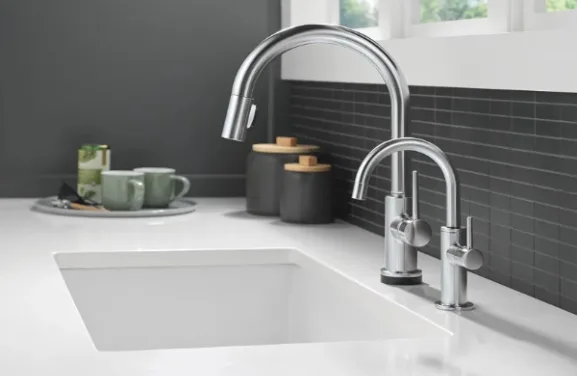
Premium Stainless Steel Handrail Fittings from a Trusted SS Casting Manufacturer
2025-10-29 -
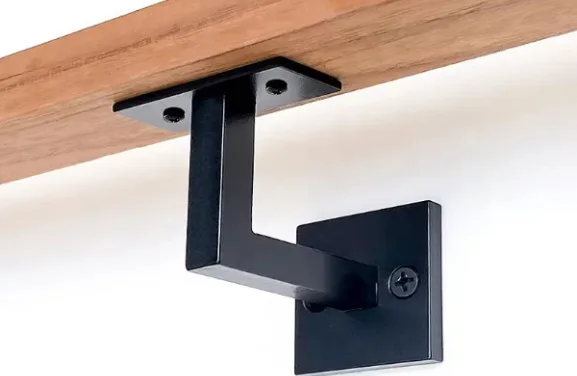
Premium Stainless Steel Balustrade Accessories and Boat Hardware for Lasting Performance
2025-10-29 -
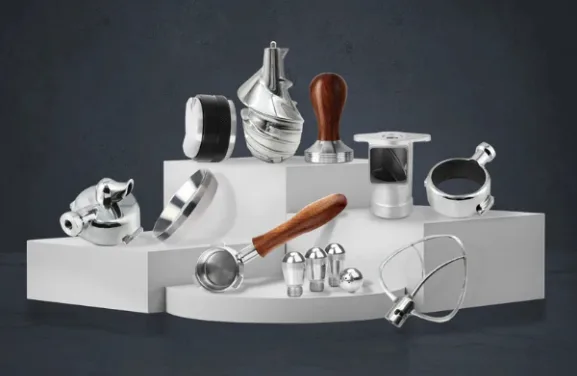
High-Performance Stainless Steel Hardware for Marine and Architectural Applications
2025-10-29 -
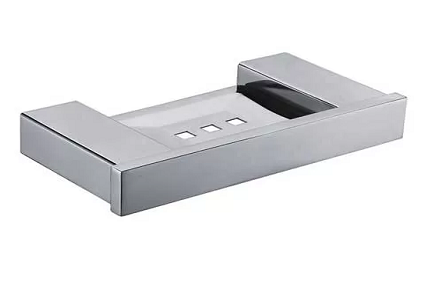
High-Quality Stainless Marine Hardware and Balustrade Accessories
2025-10-23 -

High-Quality Stainless Steel Marine Hardware and Casting Solutions
2025-10-23 -
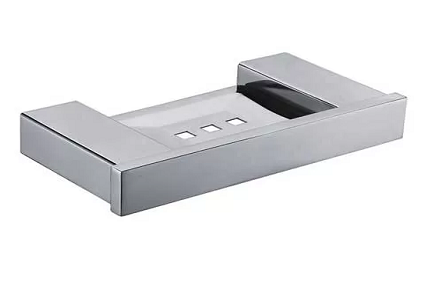
Premium Stainless Steel Casting Hardware for Architecture and Home Design
2025-10-09 -
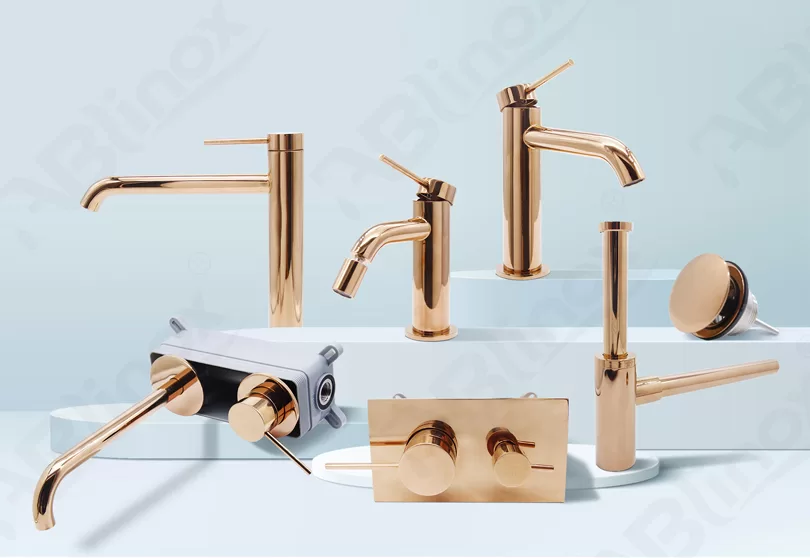
High-Quality Stainless Steel Railing and Marine Accessories for Modern Applications
2025-10-09 -
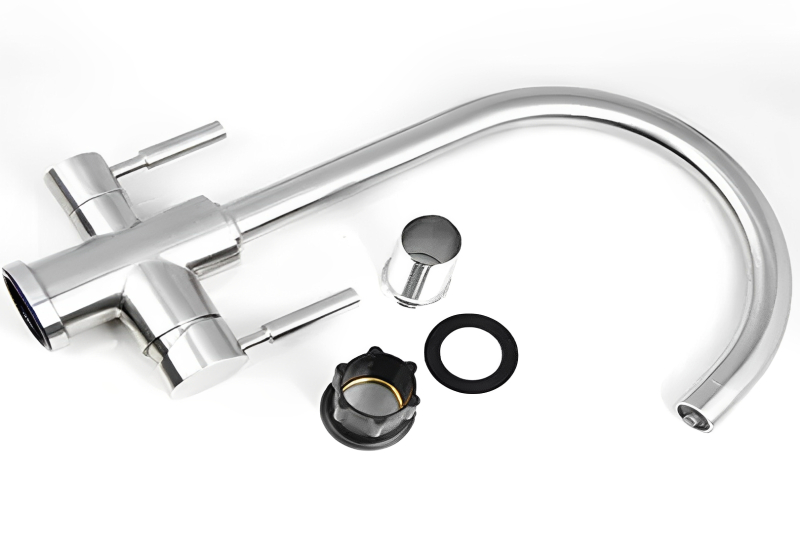
Precision Stainless Steel Casting and Marine Hardware Manufacturer
2025-10-09 -
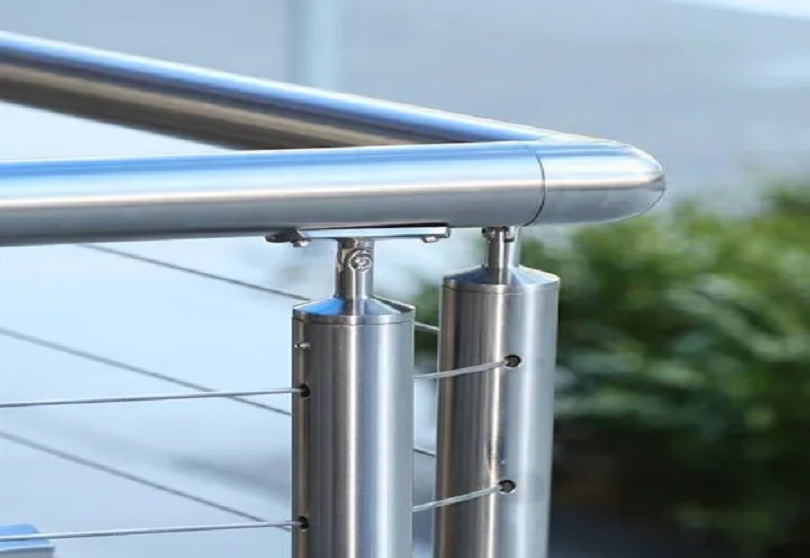
Precision Stainless Steel Casting and Hardware Solutions for Modern Living
2025-10-09 -
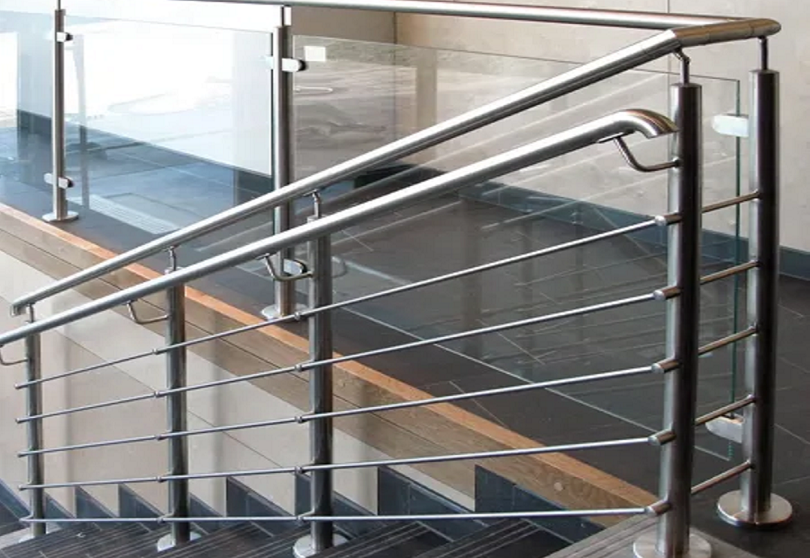
Premium Stainless Steel Railing and Marine Accessories for Lasting Performance
2025-10-09

